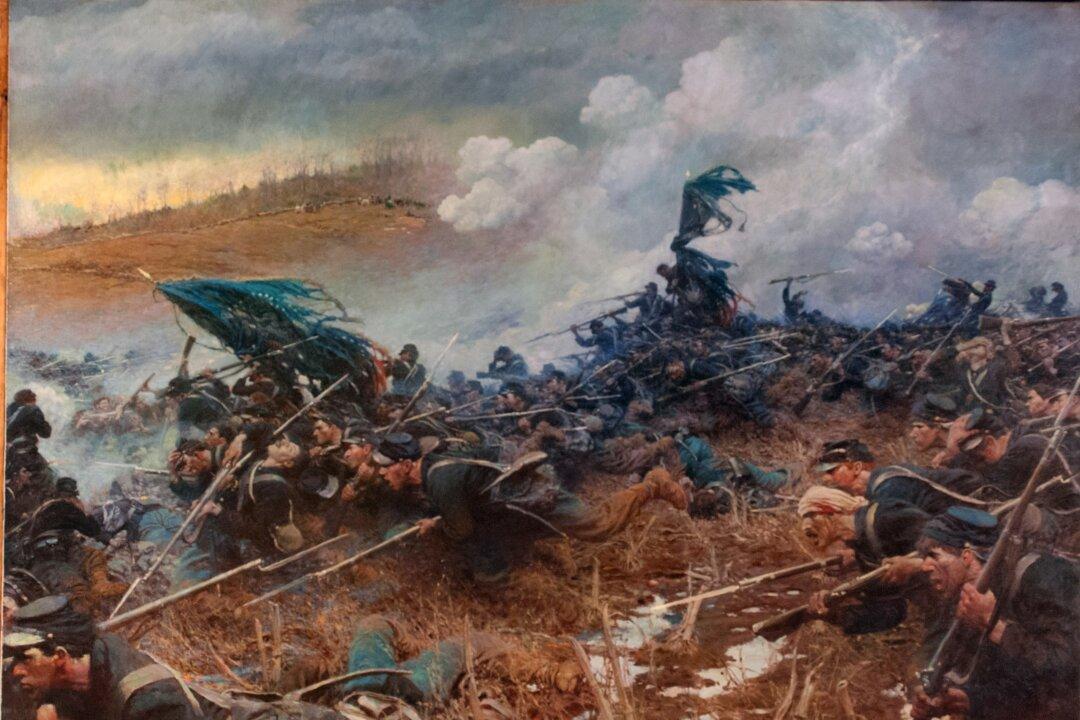I’ve taught in college for over a decade now, and I often wonder what makes a good teacher? I often conclude that moral character is a teacher’s most important quality.
With that said, good teachers don’t force their understanding of morality on their students. Instead, I believe a good teacher inspires students to think empathetically but critically. Good teachers give of themselves for the benefit of the subjects they teach. With these qualities, anyone can be a teacher by way of example.





